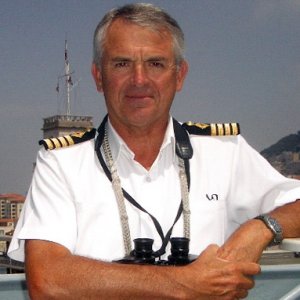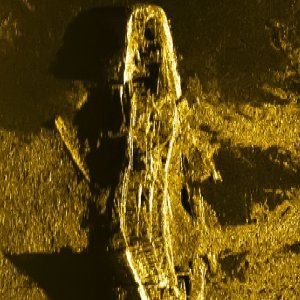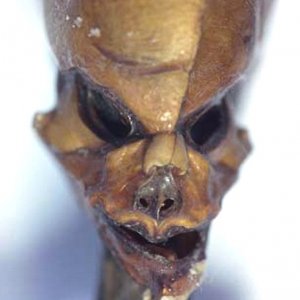Genius Artist from memory
After flying just once over Mexico City, artist Stephen Wiltshire drew the entire cityscape from memory on a 13-foot canvas.
PHOTOGRAPH BY PAOLO WOODS, NATIONAL GEOGRAPHIC
Meet the mind behind the masterpiece. Antonio Banderas is Pablo Picasso. Don't miss the return of National Geographic's Emmy-nominated series, Genius. Tuesday, April 24 at 9/8c.
Today, Stephen Wiltshire is one of Britain’s best-known artists. His commissions have a four- to eight-month waiting list, and videos of him sketching panoramic cityscapes in perfect scale have a tendency to go viral.
But when Stephen was in school, his teachers didn’t know what to do with him. Diagnosed with autism at age three, he didn’t say his first word (“paper”) until age five. Still, as a child, Stephen could sketch stunningly accurate images of wildlife and caricatures of his teachers.
GENIUS: PICASSO PREMIERES APRIL 24 When genius strikes, it leaves a mark. Genius: Picasso premieres April 24 9/8c on National Geographic.
Later he began drawing the buildings he was seeing around London with impressive detail. His older sister Annette would take him to the home of a school friend who lived on the 14th floor of an apartment building, so he could see a sprawling view of the city. He marveled at its layout and landmarks. From that point on, she says, “his passion became obsessive.”
At age eight, he got his first commission—from the British prime minister. Language didn’t come easily until the next year, but by age 13, he had published his first book of drawings. The public and the media became fascinated by the young teen’s incredible memory. Stephen was featured on television shows and in documentaries about so-called savants.
DRAWING A CROWD
Wiltshire completed his sketch of Mexico City in front of onlookers inside the city's Bancomer bank.
PHOTOGRAPH BY PAOLO WOODS, NATIONAL GEOGRAPHIC
On a trip to New York for an interview, he met Oliver Sacks and drew a perfect replica of the neurologist’s house after taking a quick glance at it. “The combination of great abilities with great disabilities presents an extraordinary paradox: how can such opposites live side by side?” Sacks later wrote in the foreword to Wiltshire’s second book.
Two years later, in 1989, he visited Venice and drew his first panorama. From then on, Stephen became known for his incredibly detailed cityscapes, each done from memory with hundreds of streets, landmarks, and other minutia in perfect scale. He drew cities around the world, from Jerusalem to Sydney. His latest project brought Mexico City to life on a 13-foot canvas.
After just a brief look, Wiltshire re-creates cities to scale with intricate detail, including buildings with the right number of windows.
PHOTOGRAPH BY PAOLO WOODS, NATIONAL GEOGRAPHIC
In New York, he took a 20-minute helicopter ride and then sketched everything he saw onto a 19-foot-long piece of paper as viewers watched live via webcam.
“Despite Stephen's astounding memory, whilst in Manhattan he still managed to get lost and walk 45 minutes in the wrong direction before finding Cheyenne's Diner,” says a playful anecdote on his official website.
In 2006, Prince Charles presented Stephen as a Member of the Order of the British Empire for his contributions to the art world. That year, he opened his own gallery in central London. Today, his photograph welcomes visitors to London’s Heathrow airport.
“Stephen is extremely humble and not fazed at all,” says Annette, who manages the gallery.
Fame “hasn't altered his concentration or even made him nervous ... I think it pushes his abilities even further.”
And thanks to his prolific and celebrated career, the once-silent artist now communicates easily with millions of people. “Stephen's art speaks a language that we can all understand,” she says.
WATCH: ARTIST DRAWS WHOLE CITY FROM MEMORY
Nina Strochlic is a staff writer covering culture, adventure, and science for National Geographic magazine.
Copyright © 1996-2015 National Geographic Society.
Copyright © 2015-2018 National Geographic Partners, LLC. All rights reserved
Copyright © 2015-2018 National Geographic Partners, LLC. All rights reserved








Comments
Post a Comment